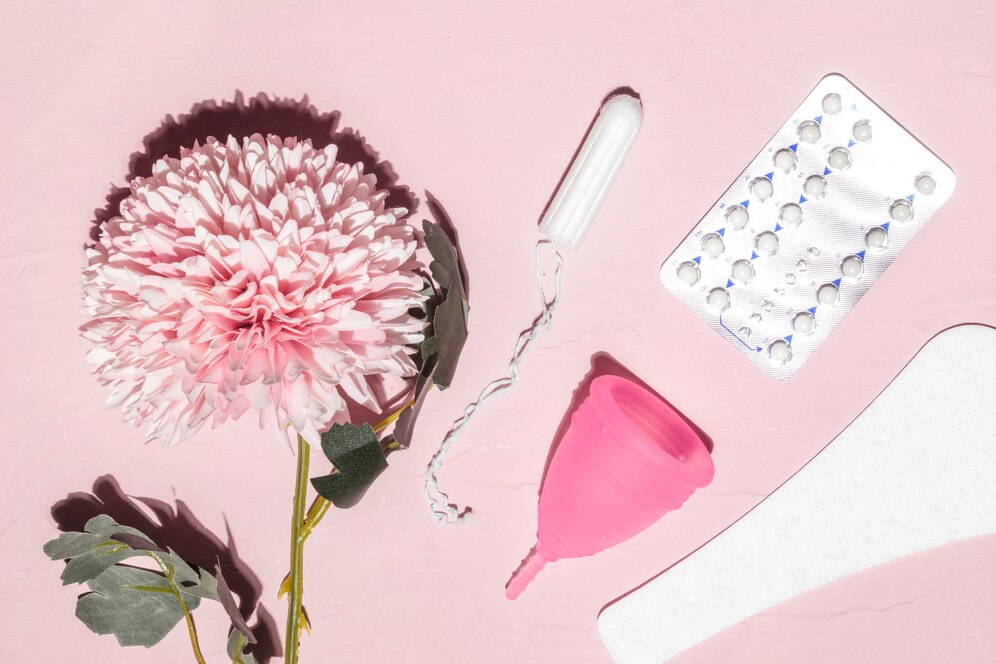The Evolution of Period Protection: From Ancient Practices to Modern Solutions

Period protection has seen remarkable advancements throughout history. From ancient rudimentary methods to today’s sophisticated solutions, the evolution of menstrual protection reflects broader changes in technology, culture, and understanding of women’s health. This article explores the journey from early practices to contemporary innovations.
How Primitive Materials Play a role?
The Dawn of menstrual Protection In ancient times, menstrual protection was achieved through a variety of primitive materials. Historical records indicate that early civilizations used natural materials such as leaves, moss, and animal skins.
For example, Ancient Egyptians employed a form of papyrus, while Greek and Roman women utilized woolen cloth. These methods, though rudimentary, were crucial for managing menstrual flow in the absence of modern technology.
What is the Role of Hygiene in Historical Practices?
Hygiene has always been a concern, even in ancient practices. Ancient texts reveal that women were aware of the need for cleanliness and would often use vinegar or herbal infusions to sanitize their menstrual cloths.
This awareness underscores the fundamental importance of health and hygiene in period protection, a principle that remains relevant today.
Medieval Innovations: Cloths and Early Tampons
During the medieval period, the use of cloth pads became more prevalent. These were often made from soft, absorbent fabrics like cotton and linen. Medieval women would sew these cloths themselves, indicating an early form of personalized period protection. These cloth pads were reusable and signified a significant step forward in menstrual management.
The concept of tampons can be traced back to ancient Egypt, but it was not until the medieval era that similar products became more structured. Historical records suggest that early tampons were crafted from rolled cloth or sponge materials. These innovations reflected an increasing understanding of absorbency and comfort in menstrual protection.
How panty liners play a role in menstrual Protection?
On days when menstrual flow is lighter, such as at the beginning or end of a period, panty liners can provide adequate protection. They are thinner and less absorbent than regular pads, making them suitable for lighter days.
Panty liners are useful for catching spotting or discharge between periods. This helps keep underwear clean and provides a layer of protection against unexpected leaks.
The 20th Century: Industrialization and Modernization
The 20th century marked a significant turning point with the industrialization of period protection. The invention of disposable sanitary pads revolutionized menstrual hygiene by introducing a new level of convenience and absorbency.
Companies like Johnson & Johnson and Procter & Gamble played pivotal roles in this transition, offering products like Stayfree and Always.
Tampons also saw significant advancements in the 20th century. The introduction of absorbent materials like Rayon and Cotton improved their efficiency and comfort. The advent of applicator tampons further enhanced ease of use, making menstrual management more discreet and user-friendly.
21st Century Innovations
Menstrual Cups
Made from medical-grade silicone, rubber, or elastomer, these cups are reusable and can be worn for up to 12 hours. They offer a leak-proof solution and are environmentally friendly.
Reusable Cloth Pads
These offer a sustainable alternative to disposable pads. Made from organic cotton and designed for comfort, they can be washed and reused multiple times.
Period Underwear
These are specially designed underwear with built-in absorbent layers. They are both comfortable and discreet, offering a modern solution for menstrual management.
Smart Technology
Innovations such as period tracking apps and wearable tech have emerged, allowing individuals to monitor their menstrual cycles more accurately and manage their periods with greater ease.
How Contemporary menstrual Protection Solutions plays a role?
In recent years, menstrual cups have gained popularity as a sustainable and efficient alternative to traditional period products. Made from medical-grade silicone, these cups offer high absorbency and can be reused for up to 10 years. Their growing acceptance reflects a broader trend toward eco-friendly and cost-effective menstrual protection solutions.
Period underwear is another innovative solution that has transformed menstrual management. Brands like Thinx and Modibodi offer underwear designed with built-in absorbent layers, combining comfort and practicality. These products are praised for their discreteness, comfort, and sustainability, catering to modern women’s diverse needs.
How Cultural and Technological Influences on Period Protection plays a role?
The feminist movement has significantly influenced the evolution of menstrual protection. As gender equality has progressed, there has been a push for greater accessibility and normalization of menstrual products.
Campaigns advocating for the removal of the tampon tax and increased availability of free menstrual products in public spaces are testaments to these efforts.
Advancements in technology continue to shape the future of period protection. Smart period trackers and wearable technology are now available, offering insights into menstrual health and enhancing personalized care.
Innovations like app-connected menstrual cups and intelligent pads reflect the intersection of technology and menstrual health, providing users with more control and information.
The Future: Innovations on the Horizon
As we look to the future, the field of menstrual protection continues to push boundaries. Research into new materials, such as bioengineered fibers and smart textiles, promises to further enhance comfort and functionality. Innovations like menstrual discs, which offer a different internal protection option, are also gaining traction.
Conclusion
The evolution of period protection from ancient practices to modern solutions highlights a journey marked by innovation, cultural shifts, and technological advancements. As we look forward, the future of menstrual protection promises further improvements in comfort, sustainability, and accessibility.







